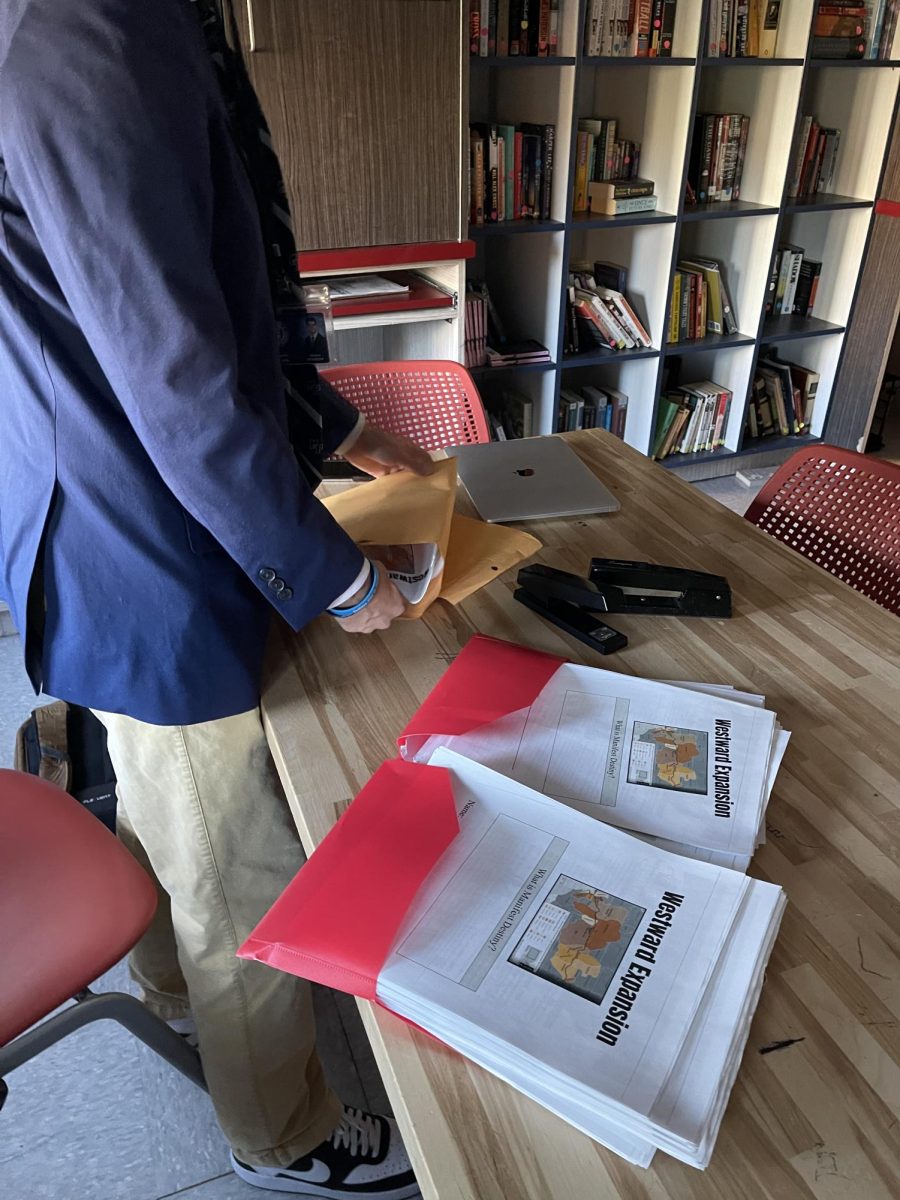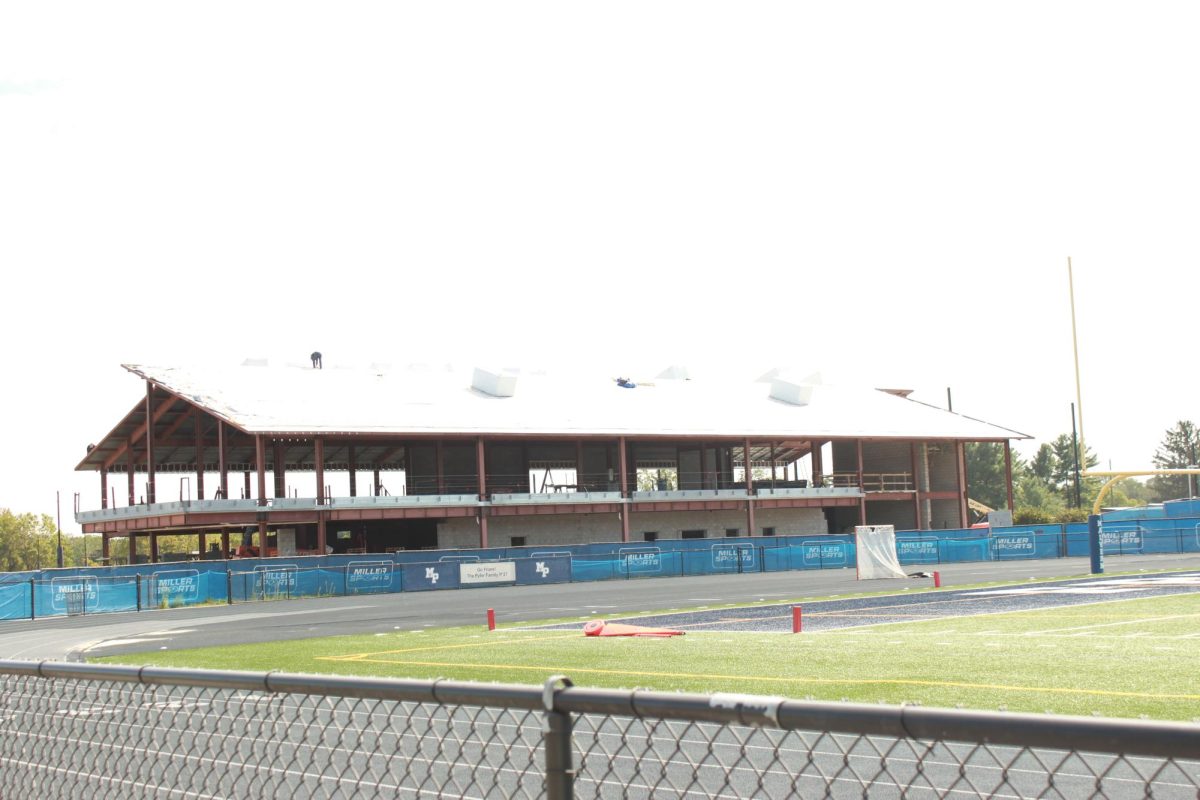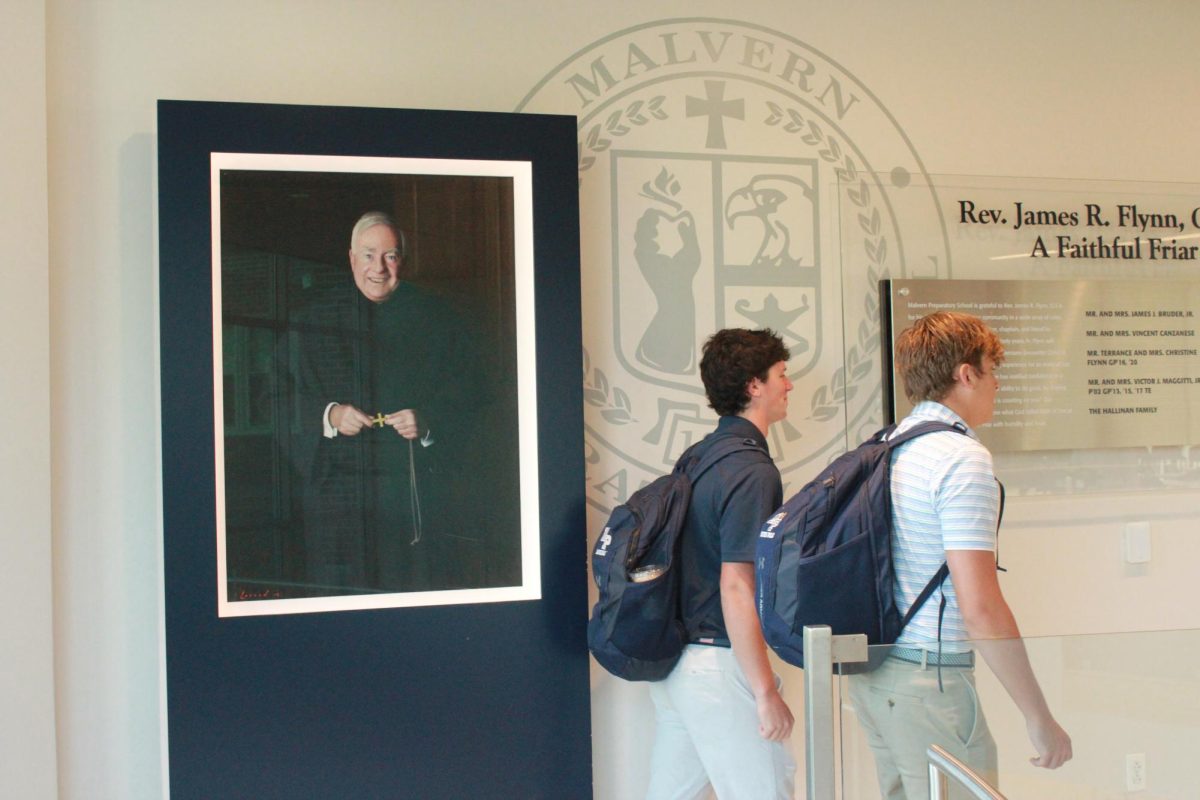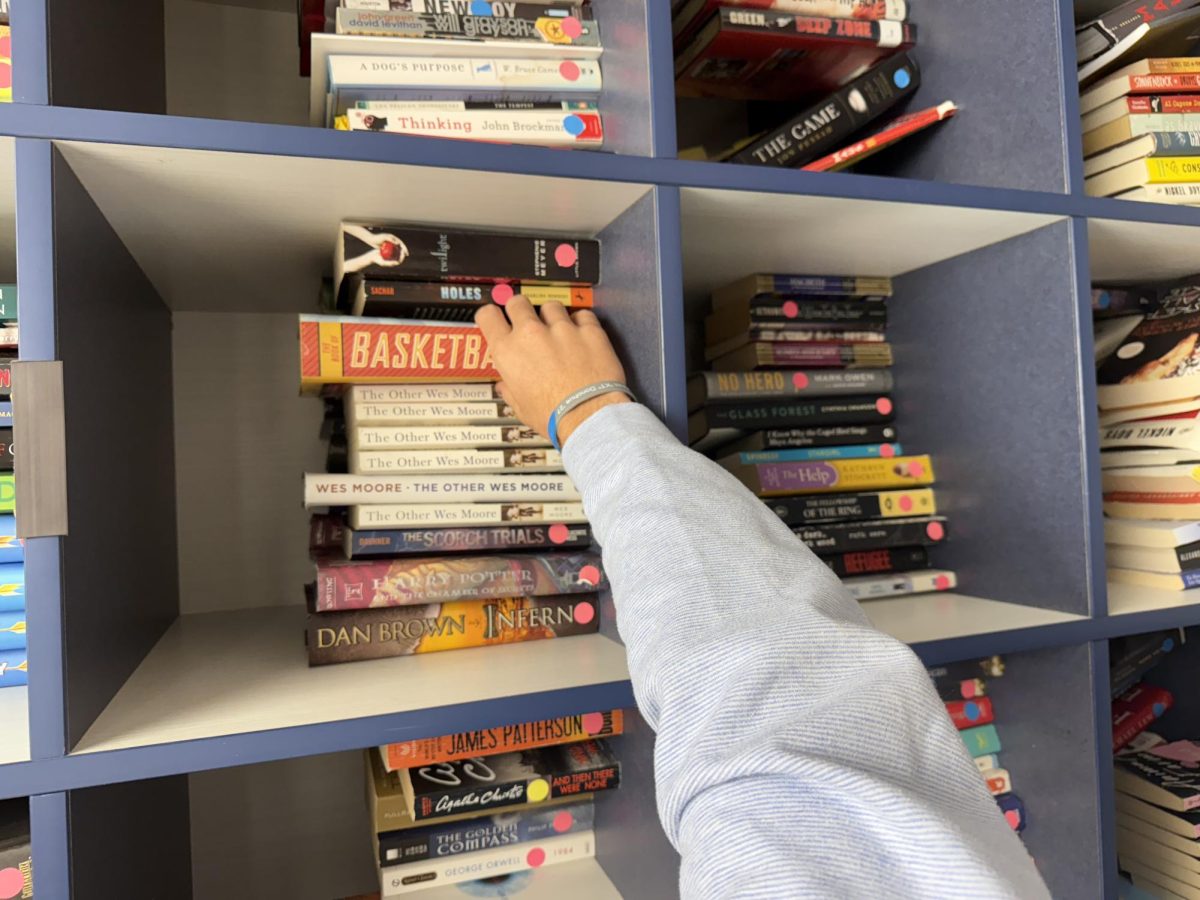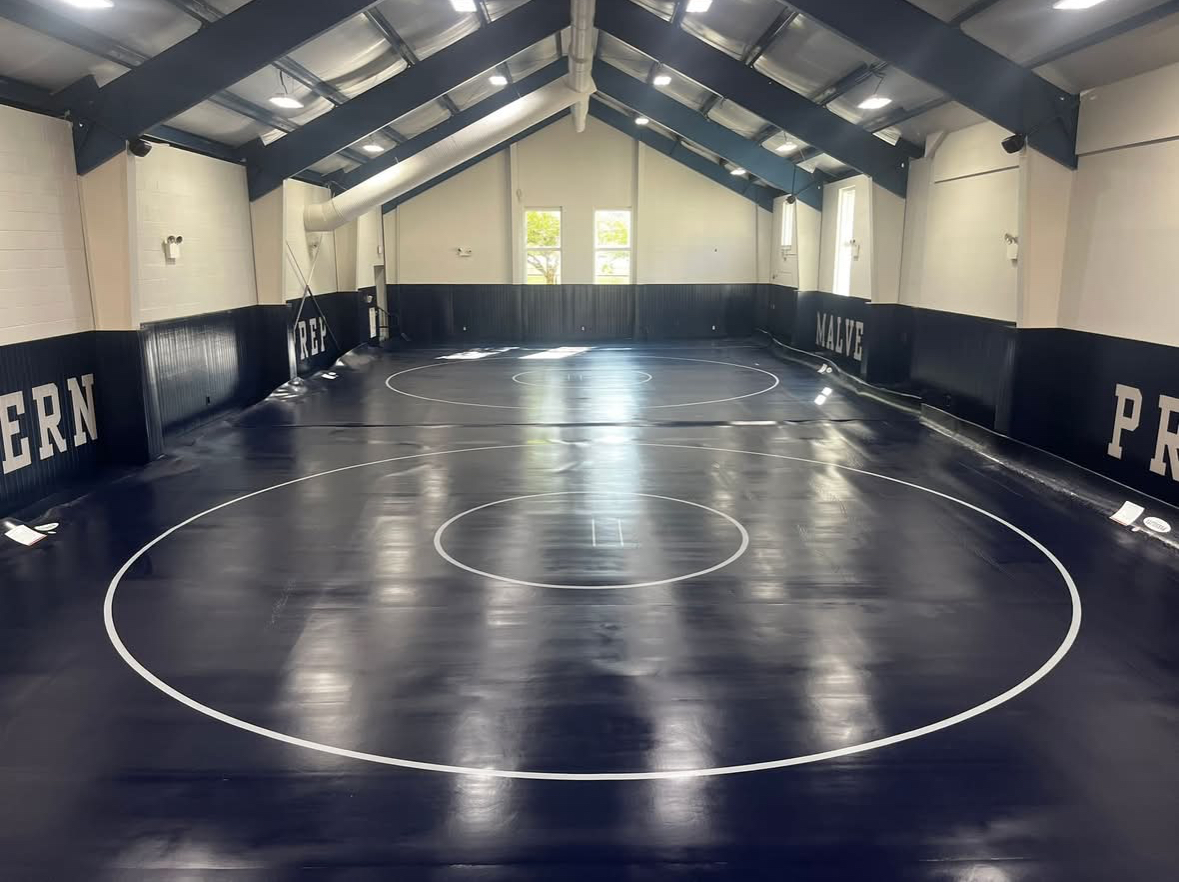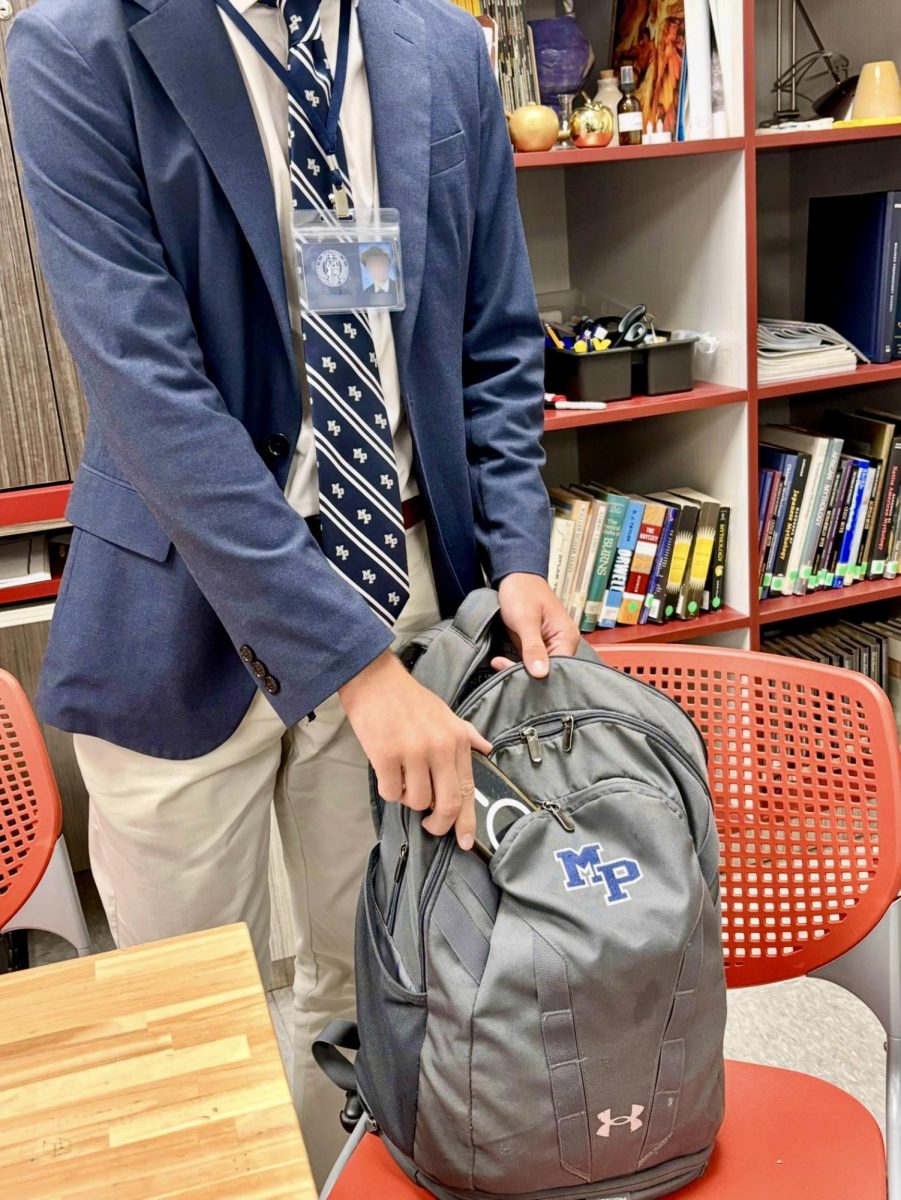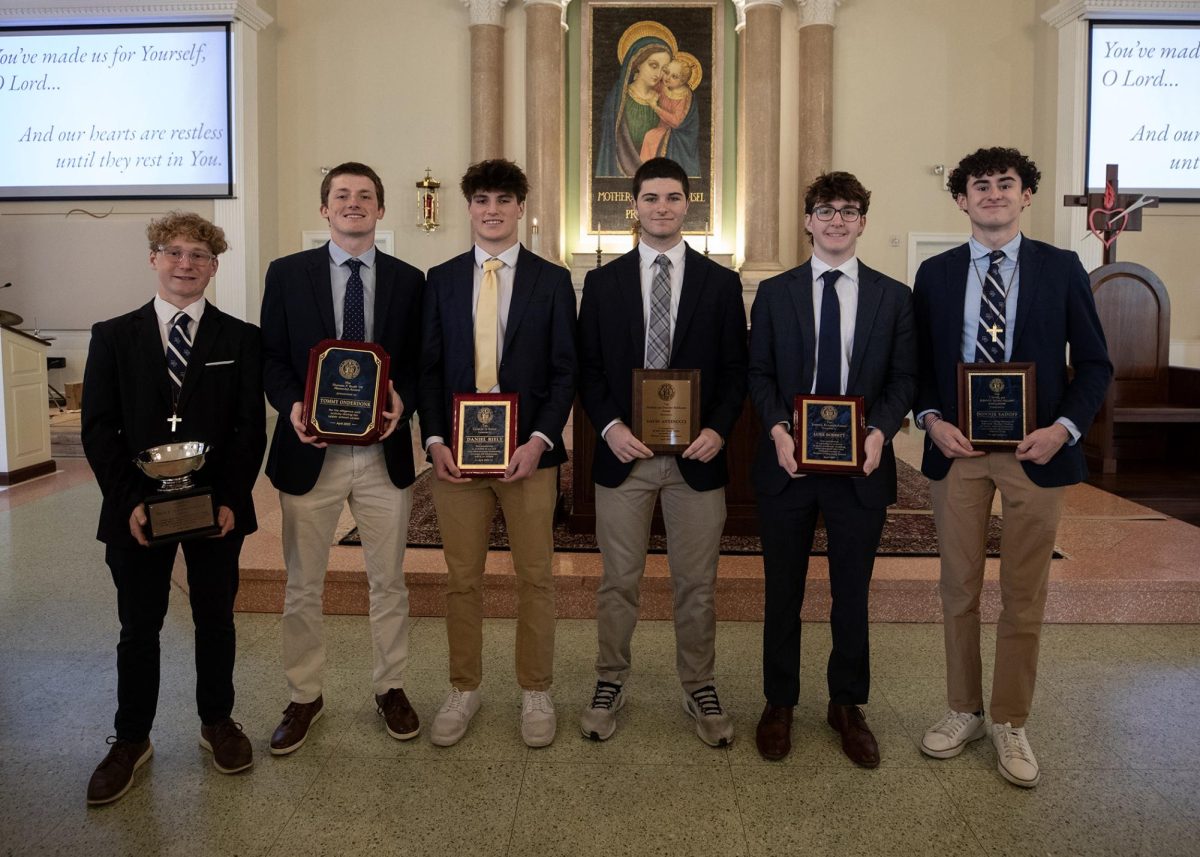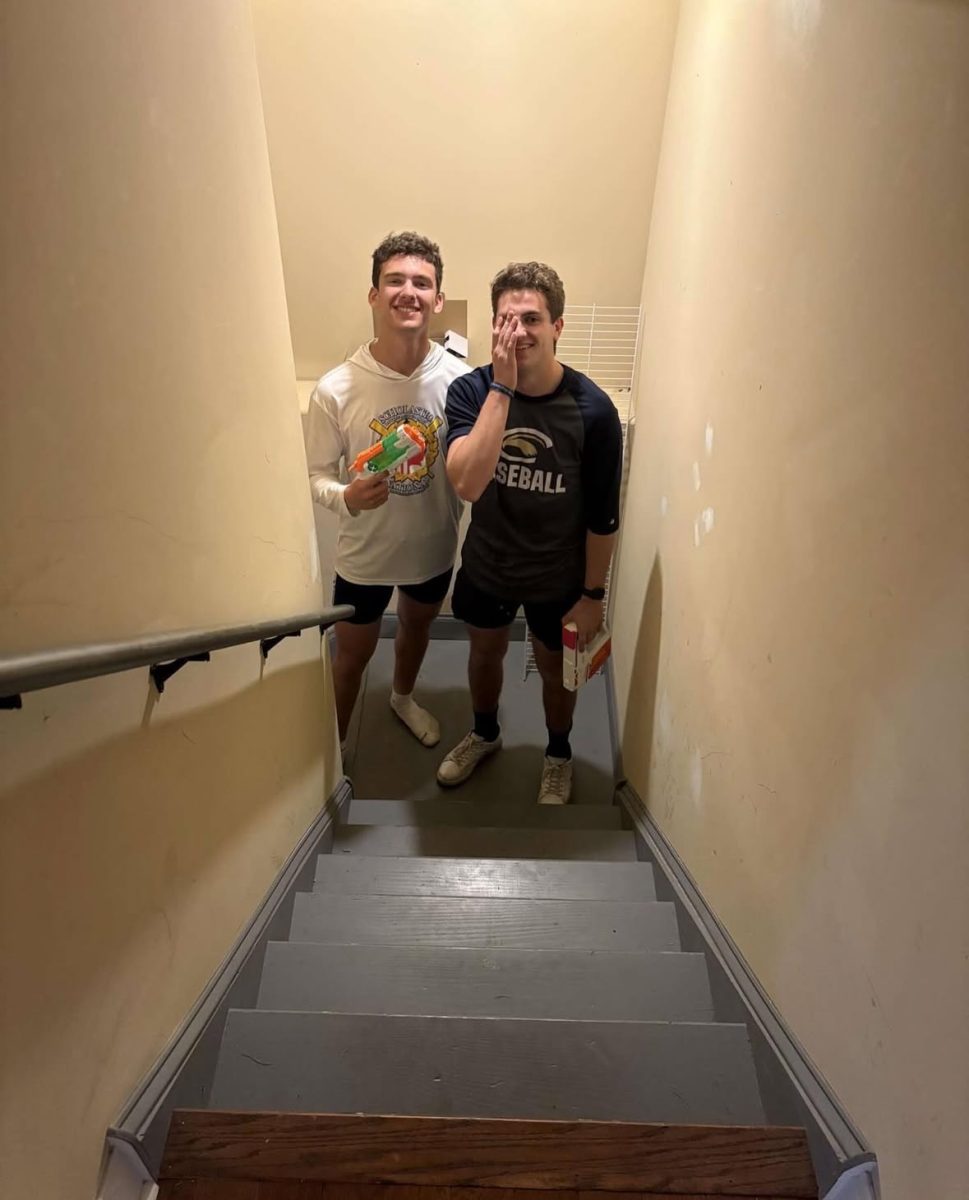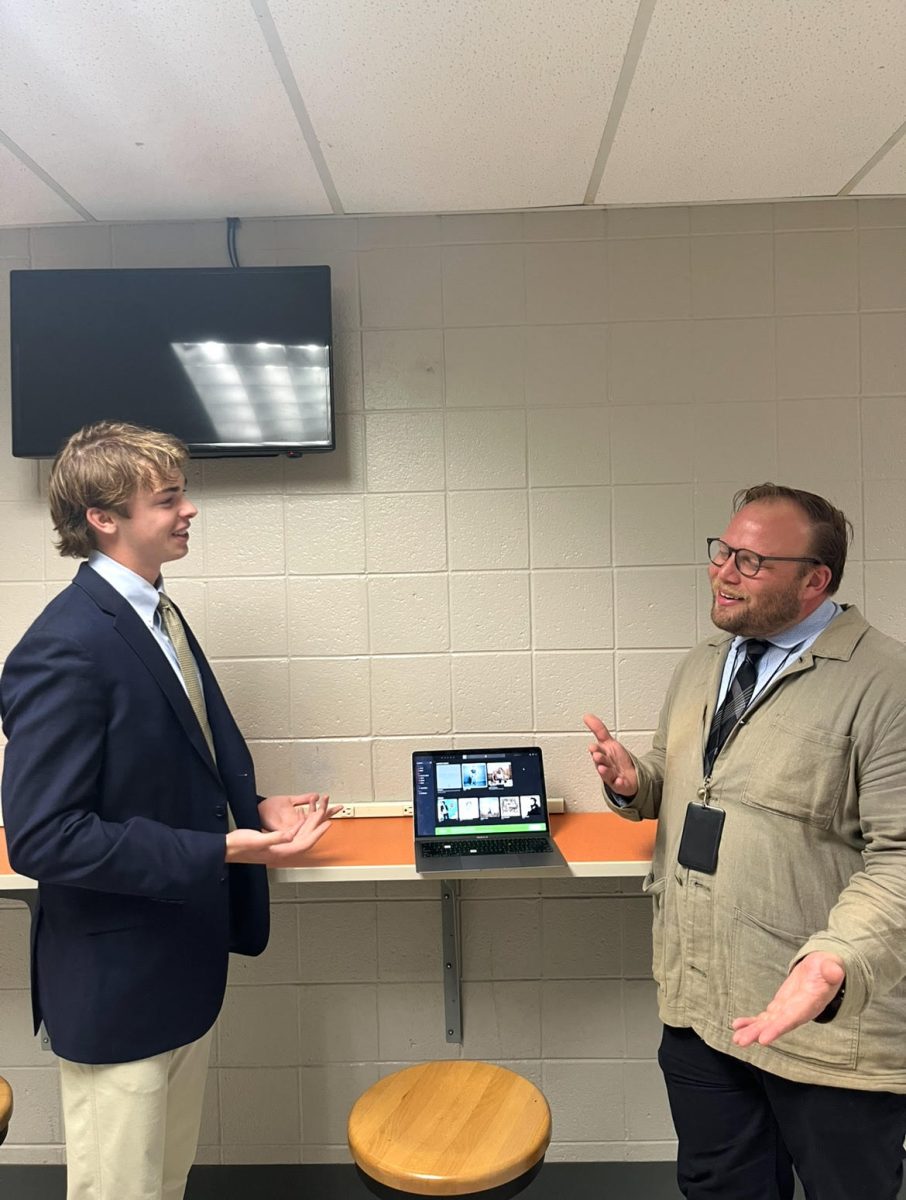A look at energy consumption on Malvern’s campus, innovative techniques being implemented to increase sustainability, and how to help current efficiency.
Have you ever wondered how Malvern’s 103 acre campus operates on a day-to-day basis and still remains efficient?
Well, Malvern has an abundance of eco-friendly methods, appliances, and strategies to help keep cost down and productivity up, according to Mr. Theodore Caniglia, Director of Finance & Facilities, and Mr. Jeff Kinney, Director of Facility Operations.
The maintenance team has been periodically replacing old light bulbs that have gone out with new LED bulbs. “These LED lights are more expensive,” Caniglia said. “However, in the long run they are extremely beneficial and increase efficiency drastically. They have a 30-year warranty so if they ever go out, we can replace them for free.”
Moving forward, LED lights will be used in new buildings and structures.
“We already are reforming the lighting system here at Malvern,” Kinney said. “In fact, when the new learning commons was built, we used all LEDs. These T-8 bulbs are just a much better buy than the T-12 most schools still have, which actually have traces of mercury in them. 75% of the T-12s are gone.”
Many Malvern classrooms now have sensors which turn off the lights in an unoccupied room.
“Sometimes the placement is tricky,” Kinney said. “We’ve had instances where the lights turn off when a teacher is still working at his or her desk.”
Although it is not a perfect system, with minor adjustments and sensor relocation, the system could help reduce Malvern’s energy consumption tremendously.
Have you ever wondered why the lights are on at Duffy at 10 PM?
Although some rooms on campus see little activity throughout the school day, most of Malvern’s campus is under constant exposure to students, athletes, faculty, and programming. For instance, Duffy houses the school plays and many outside events. Once practices and performances are over, the cleaning staff must come in. With Malvern’s campus closing at 11 PM and opening at 4-5 AM, it is hard to limit energy consumption throughout the day.
That is where the Malvern community must come in to help.
The administration is doing their part by replacing those old light bulbs, setting up a contract for natural gas until 2020 at all time low prices, and even experimenting with solar power for the future.
“There are a ton of things the community can do,” Caniglia said. “Something as simple as shutting the door behind you rather than propping the doors open or remembering to close the window so the thermostat doesn’t have to work harder could be a huge help.”
The science department is also actively anticipating the future of energy at Malvern.
Currently, new campus buildings are in the early planning stages. “One of the things that has been an absolute with the science department in particular is the new building or renovation, whatever it may be, must exemplify what we talk about in our classes,” Science Department Leader Mr. Kevin Quinn said.
The science department has come up with a mission statement relating the Augustinian values of Veritas, Unitas, and Caritas to scientific literacy, global citizenship and sustainability, and scientific curiosity and responsibility, respectively.
“It is important to realize that we are a global community and that we can have global impacts. The human species has transformed this planet in ways that weren’t imaginable a hundred years ago,” Quinn said. “We have a responsibility to be stewards, so that is why we care about teaching not only what sustainability is but what it looks like in practice.”
Another thing that the science department has done is talk to the architects about not only making the building a place for learning, but making it a place to learn from.
“Every building on campus has an infrastructure to it that is largely behind closed doors and rooms with no windows. You don’t see the water systems, or the circuit panels, or the HVAC unit,” Quinn said. “Well we want to flip that on its head… We want students to be able to go and see the inner workings of the building. For example, we have talked about having an accessible rooftop where students could see something like the graywater collection system in use.”
However, Head of School Mr. Christian Talbot explained that although the Science Department are consultant to the architects, they are not decision makers. “If we do move forward with the building project, final decisions will be made by the Board of Trustees and me within the context of balancing our priorities with what we can afford,” Talbot said.
So what can we do now?
“We can start using the recycling cans more,” Quinn said. “It is as easy as that. We don’t have to use a plastic or styrofoam cup every time we need water. We can use reusable bottles. Also when we are in the cafeteria we can be mindful of how much food we waste. It might not seem like much, but when we waste food we also waste the energy used to transport that food and the time that went into processing that food. Everything we do leaves a carbon footprint that unfortunately continues to get bigger and bigger.”
The biggest thing students can do is be proactive. If the administration sees that enough students are concerned with the school’s sustainability, it will be inclined to make some changes, according to Quinn.
“The science department is only one department at the school and a lot of us care about sustainability because it’s tied in with our curriculum,” Quinn said. “But it is much more authentic if the student body becomes involved. That is a real catalyst for change moving forward.”



